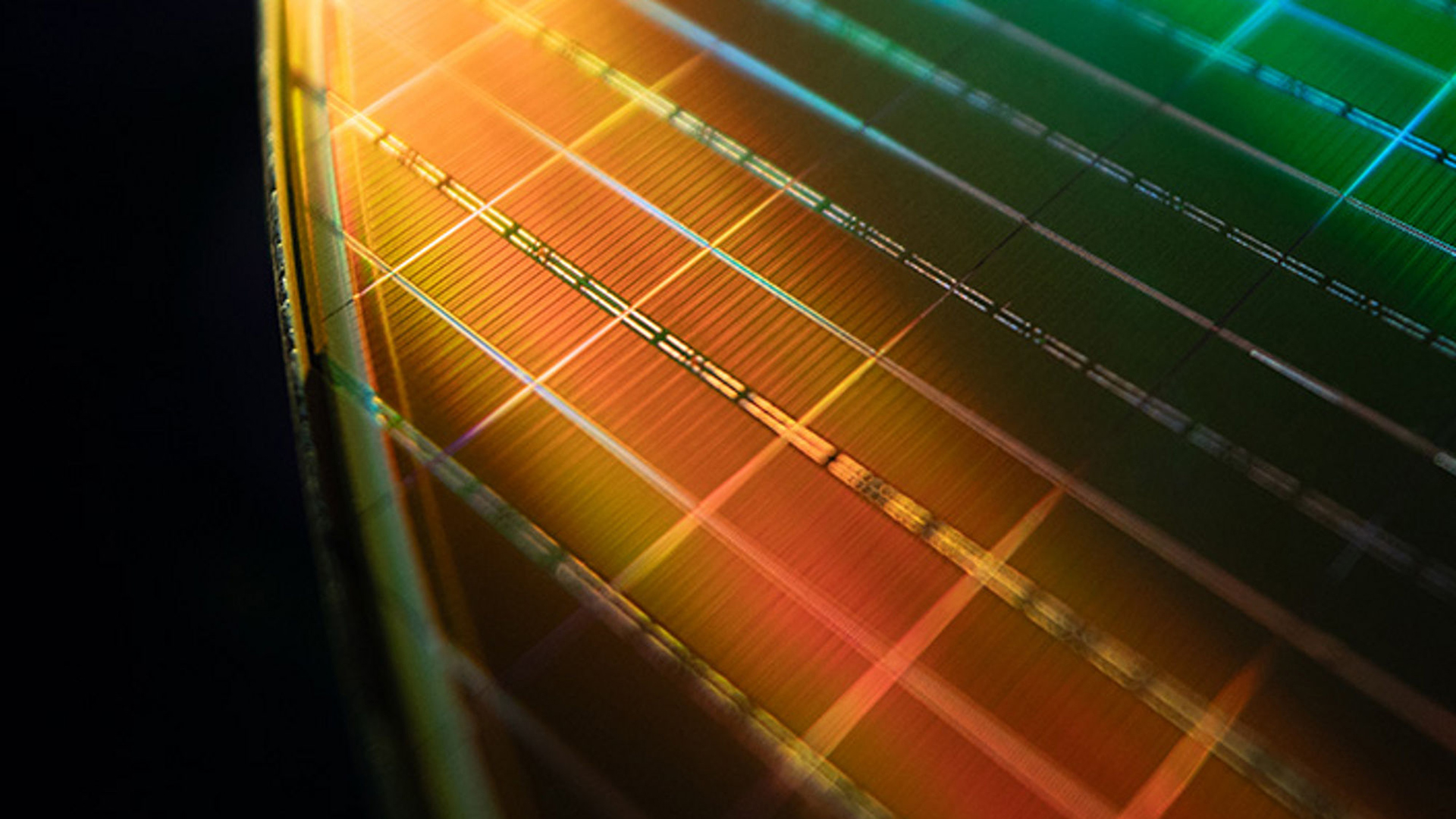Science
Russia Reveals Ambitious EUV Lithography Roadmap Through 2037

The Institute of Microstructure Physics of the Russian Academy of Sciences has unveiled a comprehensive roadmap for the development of domestic extreme ultraviolet (EUV) lithography tools. This initiative aims to replace traditional deep ultraviolet (DUV) systems with EUV technology, which operates at a wavelength of 11.2 nm. The roadmap outlines plans that extend from 2026 to 2037, incorporating advanced manufacturing technologies.
The newly presented project is based on findings shared by the Institute last December. It begins in 2026 with the implementation of 40nm manufacturing technology and progressively evolves to include sub-10nm fabrication processes by 2037. This timeline marks a significant shift in Russia’s semiconductor manufacturing capabilities.
Realistic Goals and Challenges Ahead
The latest roadmap appears more feasible than previous iterations, which often faced criticism for their ambitious timelines. While the updated plan reflects a more grounded approach, experts remain cautious regarding its overall viability. The transition to EUV lithography is not only a technological challenge but also requires substantial investment and international collaboration, which may be hindered by current geopolitical tensions.
Dmitrii Kuznetsov, a representative of the Institute, emphasized the importance of these developments for Russia’s future in the semiconductor industry. He stated, “This roadmap is crucial for ensuring our independence in chip manufacturing and enhancing our technological capabilities.”
Despite these optimistic projections, analysts express skepticism about Russia’s ability to fully realize this vision. The global semiconductor landscape is highly competitive, with established players in the EUV market holding significant advantages. For Russia to catch up, it will need to overcome not only technological hurdles but also economic and political barriers.
The proposed shift from DUV to EUV lithography is essential for producing smaller, more efficient chips. As the demand for advanced semiconductor technologies continues to grow, this roadmap could play a vital role in positioning Russia as a competitive force in the global market.
In summary, while the Institute of Microstructure Physics has laid out an ambitious plan for EUV lithography, the path forward is fraught with challenges. Achieving the outlined goals will require not only technical innovation but also strategic partnerships and considerable financial resources to navigate the complexities of the semiconductor industry.
-

 World5 months ago
World5 months agoSBI Announces QIP Floor Price at ₹811.05 Per Share
-

 Lifestyle5 months ago
Lifestyle5 months agoCept Unveils ₹3.1 Crore Urban Mobility Plan for Sustainable Growth
-

 Science4 months ago
Science4 months agoNew Blood Group Discovered in South Indian Woman at Rotary Centre
-

 World5 months ago
World5 months agoTorrential Rains Cause Flash Flooding in New York and New Jersey
-

 Top Stories5 months ago
Top Stories5 months agoKonkani Cultural Organisation to Host Pearl Jubilee in Abu Dhabi
-

 Sports4 months ago
Sports4 months agoBroad Advocates for Bowling Change Ahead of Final Test Against India
-

 Science5 months ago
Science5 months agoNothing Headphone 1 Review: A Bold Contender in Audio Design
-

 Top Stories5 months ago
Top Stories5 months agoAir India Crash Investigation Highlights Boeing Fuel Switch Concerns
-

 Business5 months ago
Business5 months agoIndian Stock Market Rebounds: Sensex and Nifty Rise After Four-Day Decline
-

 Sports4 months ago
Sports4 months agoCristian Totti Retires at 19: Pressure of Fame Takes Toll
-

 Politics5 months ago
Politics5 months agoAbandoned Doberman Finds New Home After Journey to Prague
-

 Top Stories5 months ago
Top Stories5 months agoPatna Bank Manager Abhishek Varun Found Dead in Well









